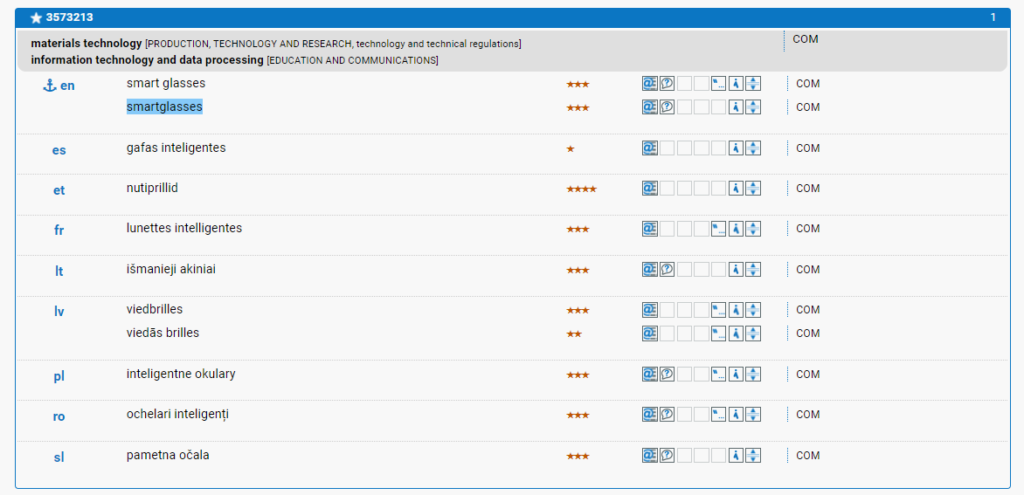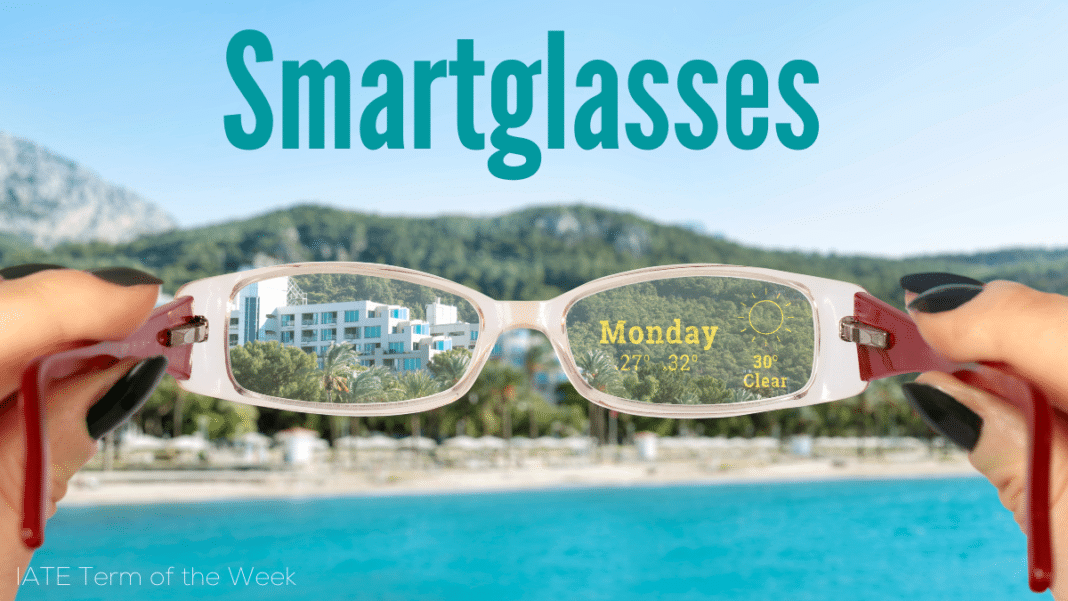One of the most recent applications of augmented reality (AR) is smart glasses. Until very recently, these accessories seemed a fantasy coming from a cyberpunk future, but these fascinating devices are now part of our reality.
What are smart glasses?
Smart Glasses are wearable electronic devices that provide support for solving problems using complex procedures.
End users can visualize the information they need on their lenses, and in some cases use voice commands or buttons to interact with the glasses themselves.
Their core is a software capable of running computer applications, filming and playing videos and audios, and detecting natural language, shapes and objects of the real world. They add virtual content and make the human eye perceive them as a real vision.
Are we already living in the future? Most certainly yes. These wearable devices have already found their application in many fields, such as healthcare, security and gaming. Smartglasses allow to enjoy full augmented reality or 3D experiences involving the entire field of vision.
Moreover, they have been developed to serve more complex business needs, taking a step forward in many previously time-consuming and costly tasks. Employees have the possibility to perform demanding operations in dangerous industrial environments, such as in manufacturing workplaces, totally hands-free.

Types of smart glasses
Smart Glasses fall into three categories, depending on their purpose. They can be for:
- augmented reality (AR)
- virtual reality (VR)
- mixed reality (MR)
AR, VR and MR offer the possibility to create parallel realities that alter our perception of the world, but differ in the depth of this perception and the sense of immersion that they are able to offer.
Augmented Reality
Augmented Reality amplifies the real world by superimposing digital content that adds information to the real environment. It is designed to maintain the user’s connection with the real world.
Virtual Reality
Virtual Reality creates a digital environment that completely replaces the real world. It creates an illusion of depth and transforms images into a unified experience of a three-dimensional world.
Mixed Reality
Mixed reality blends physical and virtual reality. It exploits augmented reality superimposing the two worlds, the artificial one and the real one.
References
CORDIS | European Commission. 2021. A New Generation of Augmented Reality Smart Glasses | Hologlass Project | Fact Sheet | H2020. [ONLINE] Available at: https://cordis.europa.eu/project/id/868292. [Accessed 16 September 2021].
POINTR. 2021. Blog Series: Future of Smart Glasses #1 – POINTR. [ONLINE] Available at: https://www.pointr.com/2020/12/future-of-smart-glasses/. [Accessed 16 September 2021].
Wikipedia. 2021. Smartglasses – Wikipedia. [ONLINE] Available at: https://en.wikipedia.org/wiki/Smartglasses. [Accessed 16 September 2021].
Youbiquo – Smart Wearable Solutions. 2021. Che cosa sono gli Smart Glasses e perché non potrete più fare a meno di indossarli. [ONLINE] Available at: https://www.youbiquo.eu/it/che-cosa-sono-gli-smart-glasses-e-iot-realta-aumentata-realta-virtuale/. [Accessed 16 September 2021].

Written by Maria Carmen Staiano, Schuman Trainee at the Terminology Coordination Unit. She holds a Bachelor’s in Linguistic and Cultural Mediation and a Master’s in Specialized Translation at the University of Naples “L’Orientale”. She has experience in translation technologies, project management and localisation.

